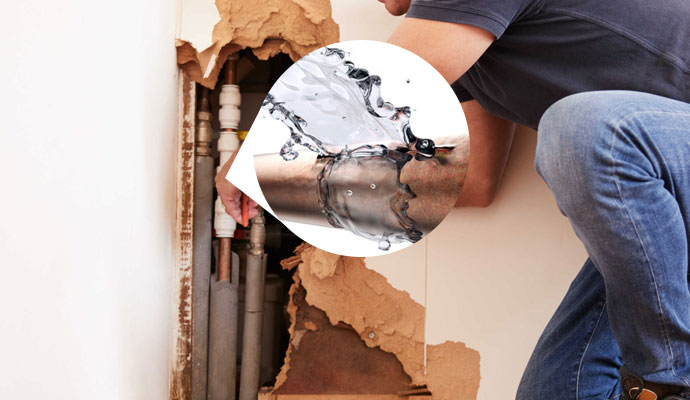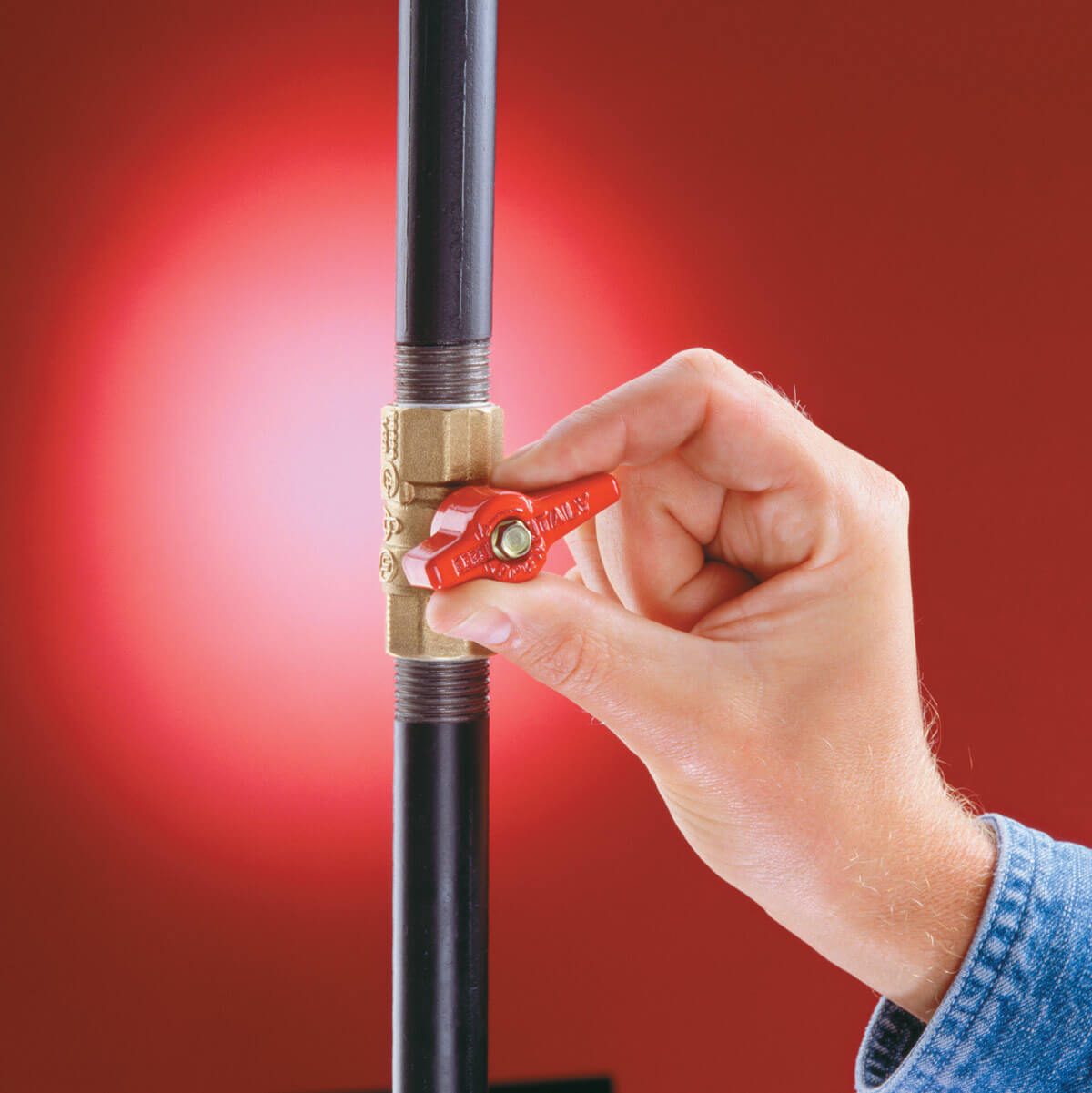Ruptured Pipes? No Panic! Just how to Identify as well as Fix Rapidly
Ruptured Pipes? No Panic! Just how to Identify as well as Fix Rapidly
Blog Article
What are your concepts on How to install a dishwasher safely?

A ruptured pipe is a major emergency; you can just stand as you see water you pay very much to reunite with the earth. In even worse instances, you notice a pool on your kitchen area floor, which is a terrific trip hazard, specifically if you have youngsters around. If the pipe that burst remained in your walls, problem: you may require to paint that whole area.
Exactly how can a catastrophe like a ruptured pipeline be stopped as well as handled? Well, by paying attention to your professional emergency plumbing technicians and also adhering to these guidelines.
Exactly how do I understand when my pipelines have burst?
Varying water pressures
Pipes do not simply burst in a day. You might have discovered that your kitchen tap or shower doesn't run right away when you transform the tap. It may stop briefly for a couple of seconds and after that blast you with more force than typical.
In various other instances, the water may seem typical in the beginning, then decrease in pressure after a few seconds.
Damp wall surfaces as well as water discolorations
Prior to a pipeline ruptureds, it will certainly leak, a lot of times. If this relentless leaking goes undetected, the leakage may finish into a broad wound in your pipe. One very easy way to avoid this emergency is to keep an eye out for wet wall surfaces ad water discolorations. These water stains will certainly lead you right to the leak.
Puddles under pipes and also sinks
When a pipe ruptureds, the outflow develops a pool. It may show up that the puddle is expanding in size, as well as despite the number of times you wipe the puddle, in a couple of minutes, there's one more one waiting to be cleansed. Typically, you might not be able to map the pool to any type of visible pipelines. This is a sign to call a professional plumber.
Untraceable leaking sounds
Pipe ruptureds can take place in the most undesirable areas, like within concrete, inside walls, or under sinks. When your home goes quiet, you may be able to listen to an annoyingly consistent trickling noise. Even after you have actually examined your shower head and also kitchen tap, the trickling might continue.
Dear visitor, the leaking might be coming from a pipe inside your walls. There isn't much you can do concerning that, other than tell an expert plumber.
Turn off the Water
When water ices up, it increases in volume by about 9 percent. As well as it expands with incredible force: The pressure inside pipelines might go from 40 pounds per square inch to 40,000 psi! No pipeline can hold that much stress, so it breaks open. The break may take place where the ice kinds, yet more often, it happens where water stress finds a vulnerable point in the pipeline. That might be inches or even feet from the frozen location. Locate the water shutoff valve and shut off the water to stop even more damage. You may likewise require to shut off the electrical power also, relying on where the leakages takes place and also how huge it is.
Infected water
Many individuals assume a ruptured pipeline is a one-way outlet. Quite the contrary. As water drains of the hole or tear in your plumbing system, impurities locate their way in.
Your water may be contaminated from the source, so if you can, inspect if your water storage tank has any type of troubles. Nonetheless, if your alcohol consumption water is supplied and purified by the city government, you ought to call your plumber right away if you see or smell anything amusing in your water.
What do I do when I identify a burst pipeline?
Your water meter will certainly remain to run even while your water wastes. To lessen your losses, find the primary controls as well as turn the supply off. The water pipe are an above-ground structure at the edge of your property.
How to Fix & Detect a Leaking Pipe
How Do I Know if a Pipe is Leaking?
Leak detection tests can help you determine if your pipe has a leak. Even if you don’t see an apparent leak, you should still conduct leak detection tests regularly to save water and money—and prevent major damage to your home.
Water meter. It can be helpful to figure out what your usual water meter usage numbers are and then monitor them regularly. To monitor your meter, first, turn off all water faucets in your home. Check the meter and write down the numbers. In a few hours, check the meter again. If the numbers have changed, you have a leak. Water gauge. Use a water gauge to test your water pressure. Your showerhead should produce a certain amount of water pressure based on its model and design. If the pressure is lower than it is supposed to be for that specific showerhead, your home likely has a leak. Puddles. Look inside your bathroom, laundry, and kitchen sink cabinets. Puddles around the cabinets or around toilets, tubs, showers, and washing machines indicate the presence of a leaking pipe. You may also notice loose tiles, peeling or flaking paint, or mold caused by water accumulation. Napkin test. Even if you don’t see any puddles, you may still have a leak. You can test for water leaks in the bathroom, laundry, and kitchen by wiping below-sink connections with a napkin, paper towel, or piece of toilet paper. If it becomes damp, you probably have a leaking pipe under the sink. Discolored walls. Walls that are discolored—usually with brown or yellow stains—or bulging might mean that they have been impacted by water damage caused by a leaking pipe. Smell. A leaky pipe will create sitting water, and over time, that water may develop a musty smell. If your home smells musty, but you can’t locate the source, it may be due to a leak. Steps for Fixing a Leaking Pipe
A leaky drain can be remedied by tightening the pipe base, replacing the drain seal, caulking the rim, and tightening the pipe nut. Similarly, a leaking toilet pipe can be treated by tightening the packing nut. You may also need to replace the valve. A leaky faucet may just need tightening or replacement of the washers. If that doesn’t work, consider replacing your faucet. If your pipe has a hole in it, you may want to use a pipe leak sealer or pipe leak tape. This quick fix for water pipe leaks can also temporarily fix a copper pipe leak. https://www.ahs.com/home-matters/quick-tips/how-to-tell-if-pipes-are-leaking/

I'm very enthusiastic about How to Install and Connect a New Dishwasher and I am assuming you liked the page. I beg you take the time to share this post if you enjoyed reading it. I thank you for reading our article about How to Install and Connect a New Dishwasher.
Contact Us Now
Report this page